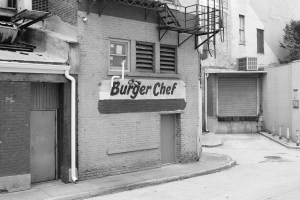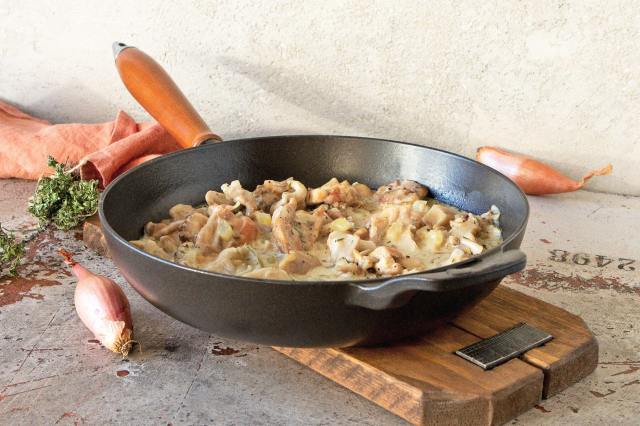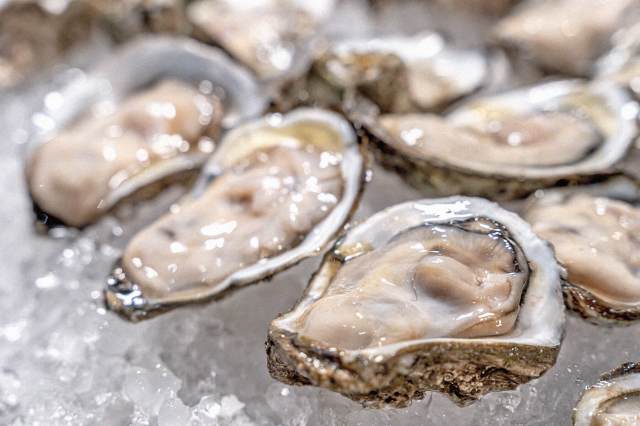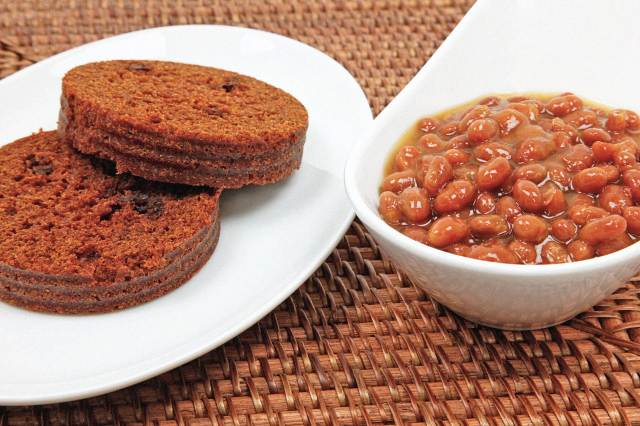What Americans Ate for Dinner in the 1800s
Tastes in 19th-century America were generations removed from our tastes today. Vegetables weren’t generally as appreciated as they are nowadays, and vitamins were yet to be discovered as an important nutritional factor. Food was also very regional, a trend we see in modern cuisine, too, but the localization at the time was due to scarce means of transporting ingredients. Some foods from the Victorian era endure today, such as oatmeal, roast beef, tomato soup, and mayonnaise. But others might seem as strange and outmoded as the horn on a victrola. Here’s a look at some bygone dishes from the Victorian table.
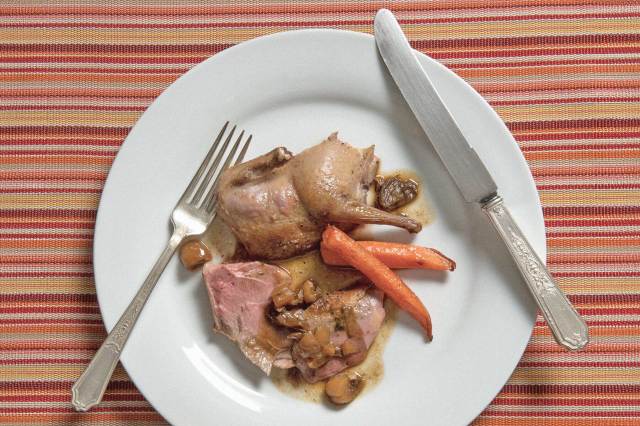
Squab
Nowadays, if squab is known at all, it’s known as the meat of a meticulously raised young rock pigeon, served as a rarified poultry component of an exclusive dinner. But in the 1800s, squab was a staple protein. That’s because the squab of previous eras was a different type of pigeon, one that was among the most abundant birds in the world: the passenger pigeon. Due to its tendency to fly in massive, densely packed flocks, the passenger pigeon was extremely easy to hunt, and represented freely available meat. Prized for its tenderness and often described in terms that suggest a ducklike quality (one historical source recounts it as “darker than the dark meat of a chicken” and “entirely without strong taste”), squab was prepared just about every which way: served in stews, roasted with salt pork, fried, baked in a pie, broiled, and served on toast.
In the wake of post-Civil War advancements in communication, such as the telegraph, and transportation, such as the railroad, a large-scale pigeon industry emerged, which saw professional hunters and trappers tracking and harvesting the flocks en masse. Sadly, the resulting combination of overhunting and habitat disruption led to a catastrophic decline in the passenger pigeon population. By 1900, the birds were too scarce to hunt; by 1914 the passenger pigeon was extinct.






